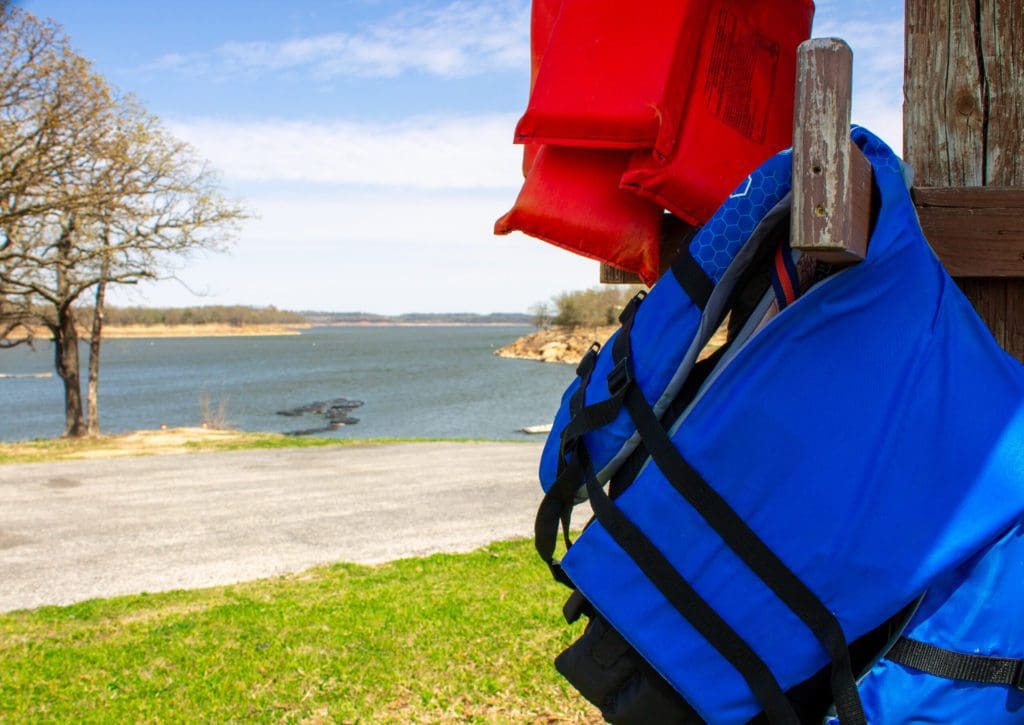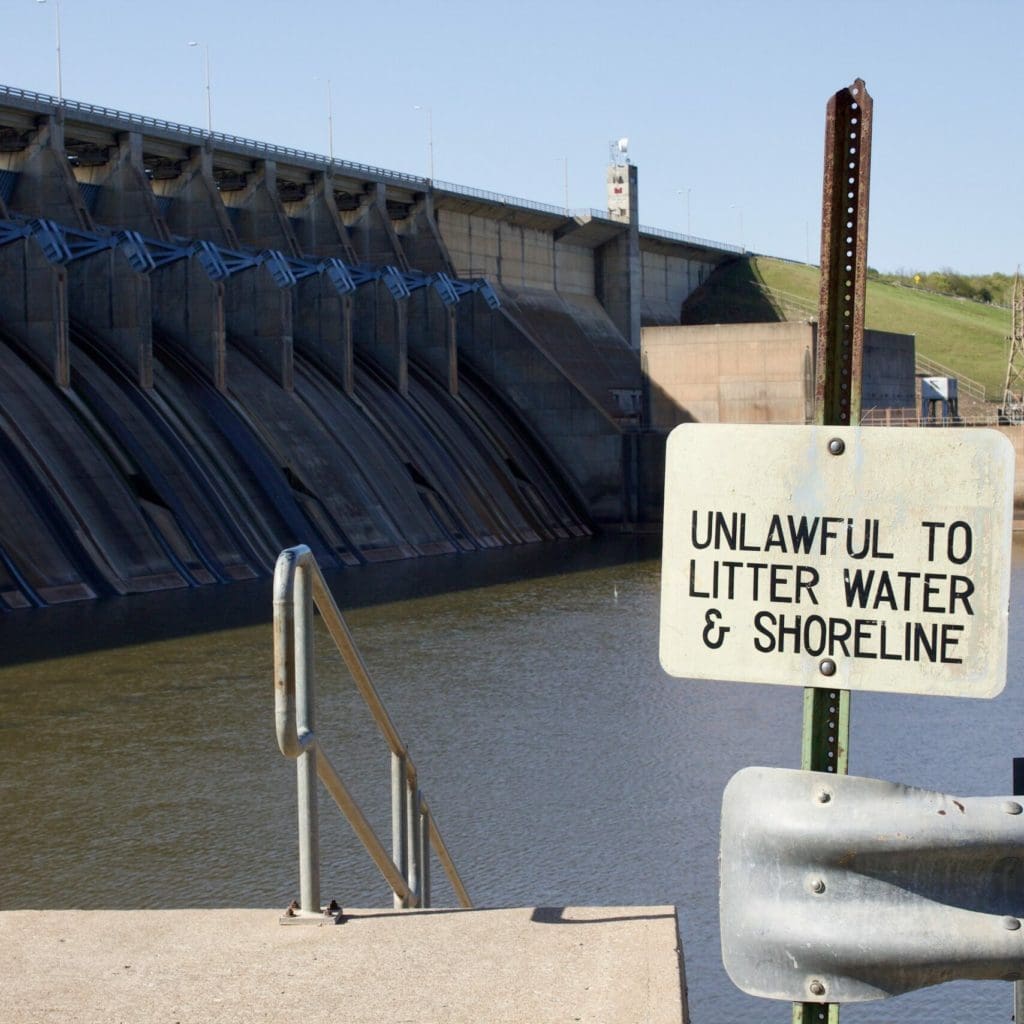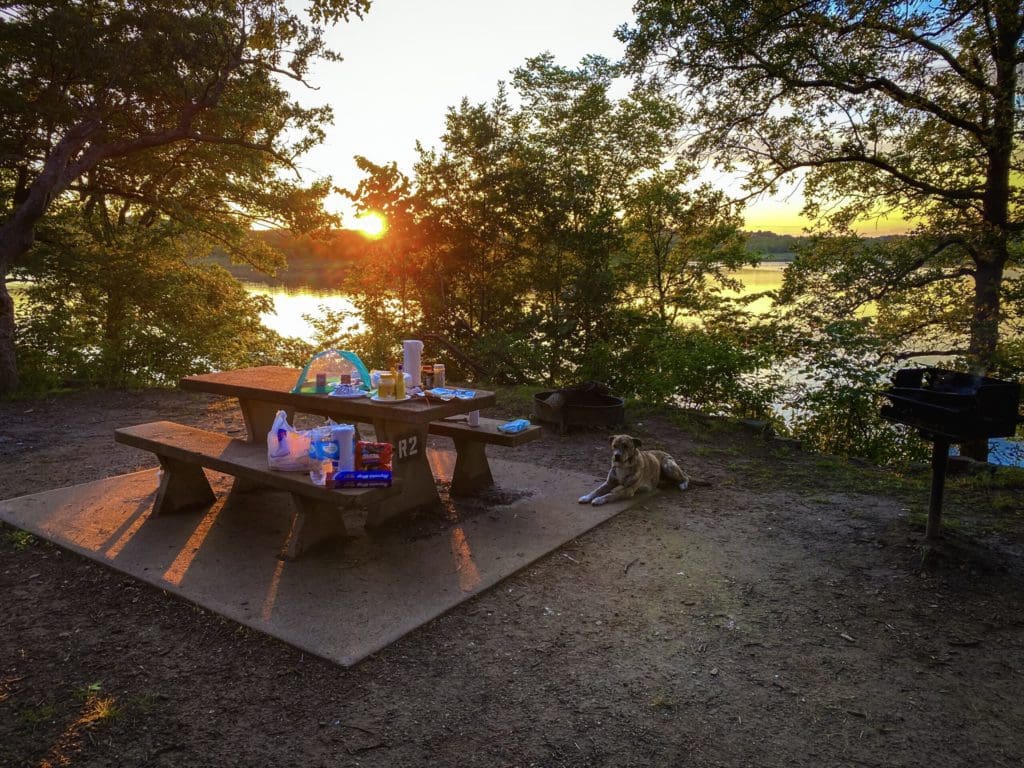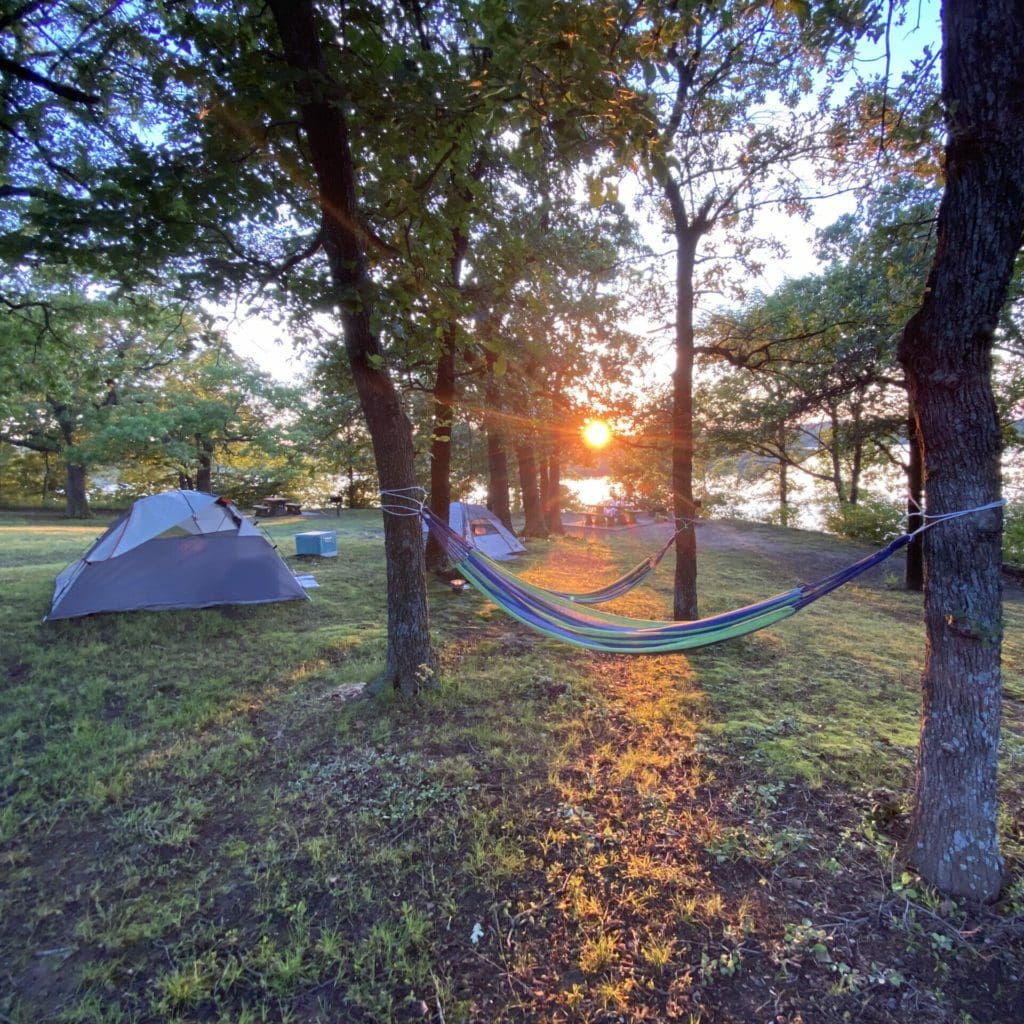Lake Rules
- Home
- Lake Rules
Rules to Lake By
While enjoying the fun at Keystone Lake, visitors are required to follow rules and regulations that are put in place to keep everyone safe.
- Wear a life jacket when in deep waters.
- No glass objects on the beaches.
- Dogs must be on a leash when permitted at beaches and trails and in all areas pick up after them.
- Do not dive into shallow water.
- Leave no trace of trash behind and keep the beaches, waters, trails, and campsites clean.
- Do not leave children unattended.
- Do not drink alcoholic beverages while operating a boat or other motorized vehicles.
- Plan ahead for the weather and take safety precautions.
- Stay on the marked trails.
- Avoid damaging trees and nature by leaving things as they are found.
- Do not make fires except in the designated ring areas at campsites.
- Respect the wildlife around the area.
Plan Ahead and Prepare
When planning for an adventure to the outdoors, thinking ahead to ensure you and your party have a safe and fun time is essential. Things to consider when camping or visiting the lake area are weather, terrain, restrictions, and regulations of the area, and knowing where private land starts. It is a good idea to do research on the area that you are traveling to be best prepared with supplies.
Lake Rules
Lake Rules


Travel and Camp on Durable Surfaces
When traveling on trails it is important to stay on the marked path, to ensure you will not scar the landscape. Routes that are created by off-trail hikers are to be avoided and reported to the office that oversees the trails. Staying on the designated trails will help ensure the beauty of the landscape, as well as keep the hikers safe from rough terrain. Picking a safe and durable campsite is an important decision. Visitors and campers are to stay in designated camping areas that are maintained by management for optimal camping experiences. Visit the camping section of our website for more information on area campgrounds.
Lake Rules
Lake Rules
Dispose of Water Properly
Visitors are to remove the waste that is brought into the lake and camping areas. This is an important factor in keeping lands safe and clean. One way to do this is to dispose of human waste correctly and effectively. Proper disposal of human waste is important to ensure that wildlife and other visitors do not come across it, to decrease water pollution, and minimize the spread of disease. Parks may have instructions on how to dispose of human waste. If there is no direction, visitors are to bury the waste in holes that are six to eight inches deep and four to six inches wide. The holes are to be at least 200 feet from water, trails, and campsites.
Lake Rules
Lake Rules


Leave What you find
One aspect that makes Keystone Lake a beauty of Oklahoma is the landscape. Visitors are asked to avoid damaging live trees and plants. Do not carve words into trees, cut off limbs or deplete rare vegetation. Cultural artifacts are protected by the Archaeological Resources Protection Act. It is illegal to remove or disturb archeological or historical sites.
Lake Rules
Lake Rules
Minimize Campfire Impacts
Fires should only be used for warmth and cooking. An existing fire ring in a well-placed campsite is the best place to build a fire. Be aware of the fire danger in the area you are visiting and follow any rules provided by the campgrounds.
Lake Rules
Lake Rules


Respect Wildlife
Learn about wildlife by observation and do not disturb the animals or vegetation. Quick movement and loud noises are stressful for animals and could cause them harm. Make sure to keep a safe distance from the wildlife to ensure the safety of both yourself and the animals.
Lake Rules
Lake Rules
Be Considerate of Others
Making sure that you are considerate of your fellow outdoor enthusiasts is another key component to the enjoyment of Keystone Lake. Please pick up after your dog’s waste and properly dispose of the waste to keep the campgrounds clean for all who use it.
Lake Rules
Lake Rules

For more information on the rules and regulations for the U.S. Army Corps of Engineers, visit mvr.usace.army.mil.
The Oklahoma Department of Public Safety has safety requirements for all boats.
- All boats must carry one wearable United States Coast Guard-approved PFD for each person on board.
- All passengers 12 years and younger on boats less than 26 feet in length must wear a United States Coast Guard-approved PFD whenever the vessel is underway.
- Life jackets must be United States Coast Guard-approved, be in good and serviceable condition, and be a suitable size for the intended person.
- When on a personal watercraft or being towed on water skis or another device, passengers must be wearing a United States Coast Guard-approved PFD.
- All boats 16 feet or greater in length must have at least one United States Coast Guard-approved Type IV throwable device.
- All Vessels using flammable liquid as fuel are required to have the proper fire extinguisher on board.
Length of Vessel | Without Fixed System | With Fixed System |
Less than 26 feet | One B-I | None |
26 feet to less than 40 feet | Two B-I or One B-II | One B-I |
40 feet to less than 65 feet | One B-I and One B-II | Two B-I or One B-II |
- Children under the age of 12 years may not operate or be permitted to operate a boat or personal watercraft with more than 10 horsepower or a sailing vessel 16 feet or greater in length.
- Persons ages 12, 13, 14, and 15 years of age must successfully complete a National Association of State Boating Law Administrators approved boating safety course to operate a boating vessel.
- Anyone operating a vessel must carry their original boating safety education certification card or photo identification that proves they are exempt from the education requirements.
- If alcohol is being consumed on the boat a non-drinking boat operator must be designated to drive the vessel.
For more information on boat safety, visit the Oklahoma Department of Public Safety website.

